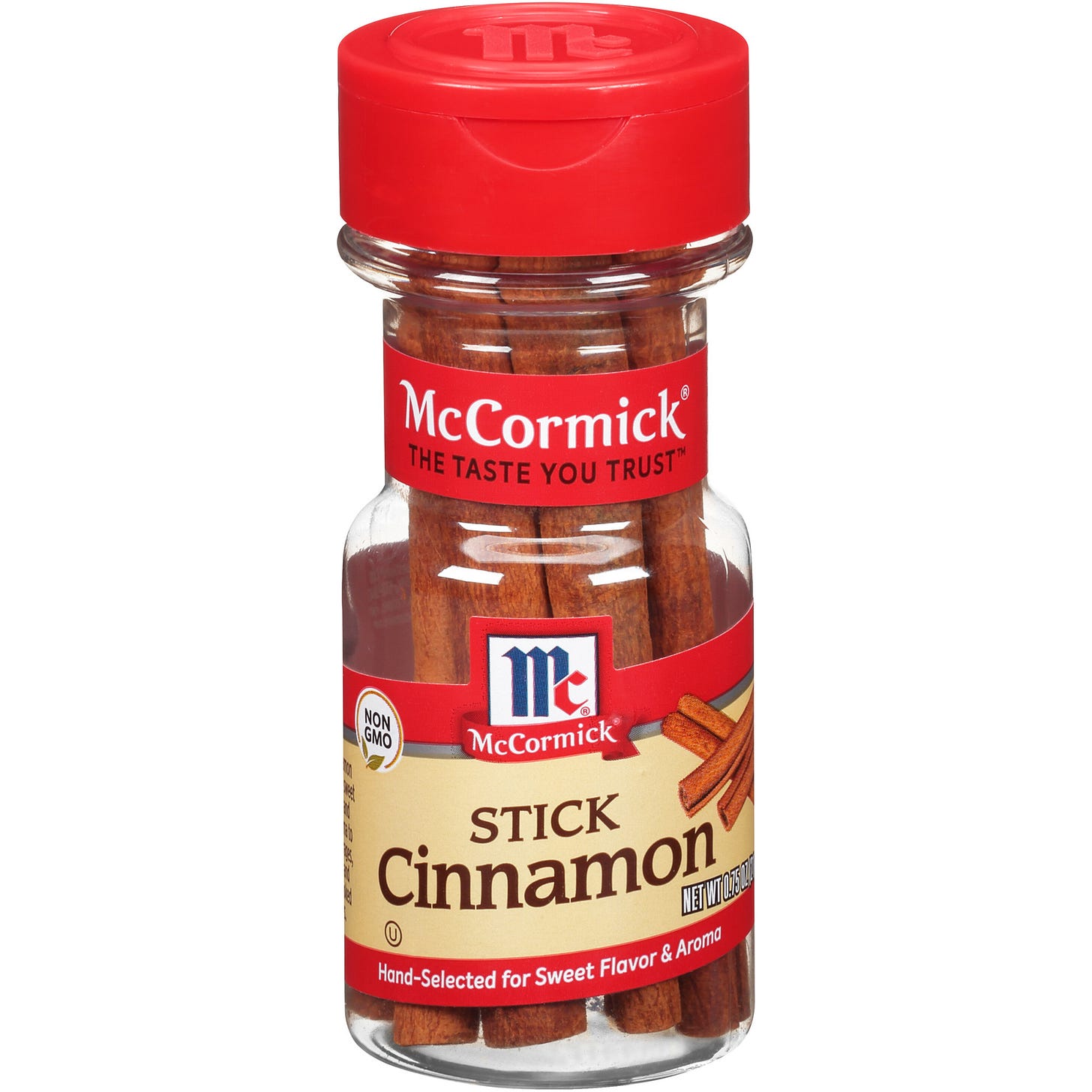Sugar, spice, and all things nice....
Since we are in the midst of spice season, with holiday meals and fancier lattes, this seemed like a good theme for today. Nutmeg, ginger, cinnamon all make our winter meals warm and tempting.
Many readers will be familiar with the broad contours of the “spice race” which drove European trade expansion to SouthEast Asia, particularly in pursuit of nutmeg and pepper.
This also brought us the beginnings of the joint stock company, leading to the modern commercial world. The English East India company wasn’t quite the first (pipped by the Muscovy Company, 1555-1917), but this model offered a way to franchise colonialism. The company was granted trade and territorial rights under the authority of the crown, meanwhile the Royal purse was not exposed to huge risks.
The risk-takers were of course the investors, but the risk often paid off. The early investors were not all wealthy either; among early East India company investors of 1600 we find
Nicholas Barnsley, Grocer, £150
Henry Bridgman, Leatherseller, £200
James Deane, Draper, £300
Thomas Smithe, Haberdasher, £200
Richard Wiseman, Goldsmith, £200
…and nearly 200 others.
These were obviously prosperous tradesmen, but not aristocrats. The joint stock company brought investment and profit opportunities to groups who had never had them before.
And in the case of the East India company (both the English, and the Dutch, or VOC), did what they claimed: brought a lot of spices back to Europe. And shaped the menus we still eat today.
One of the spices everything smells of at this time of year is of course cinnamon. There are several different species, the main one of the early modern spice trade was Cinnamomum verum (or “true cinnamon”) native to Sri Lanka.
Cinnamon had been known all the way back to the classical mediterranean, traded overland. It is mentioned in the Bible as having been used for anointing by Moses.
But like most spices, it came from a long way from Europe. This meant it was hugely expensive. By the early modern period, spices were more available thanks to Venetian trade links, but still very pricy (it’s an urban legend that spices were used to conceal bad meat: spices were MUCH more expensive than meat! Anyone who could afford them had access to fresh meat and game. People spiced food because they liked the taste, if they could afford it).
The spice trade brought cinnamon to more tables, and expanded the general repertoire. We see more and more spices in Elizabethan recipe books (and the inclusion of more ingredients from the new world, like pumpkin). The mince pie dates back to this period, as people were throwing in all kinds of spices and dried fruit to their meals (and another much-loved holiday side-dish is even older - macaroni and cheese was made in fourteenth-century England).
Today the cultivated form of cinnamon we buy is most often Chinese cinnamon, or Cinnamomum cassia. It is specifically harvested to fit into the McCormick spice jar, and into the spice rack in your kitchen. This is not the “natural” size of a piece of tightly rolled cinnamon bark, it’s the size chosen for marketing (meaning smaller, larger, or broken pieces get ground up instead, or sold for less at market).
When a recipe calls for “a cinnamon stick”, they are not using a natural measure (like “a peppercorn”), but a cultivated size we have come to accept as standard. A marketing tactic has shaped our expectations of this spice.
(I have right now a bag of Chinese cinnamon from an Indian supplier, it’s chunky and irregular, but will go in my hot cider just nicely).


